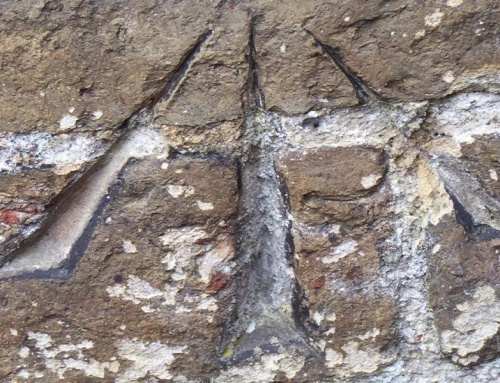New skills were forced on surveyors when the decision to go metric was made by Parliament in 1965. This was at a time when General De Gaulle said “NON” to Britain’s application to join the European Economic Community and undoubtedly the changeover was influenced by his decision. The Imperial system of measurement had developed over Centuries and was therefore very old and somewhat obscure; the metric system, created in 1670, was a relative newcomer and much more logical.
Now, 50 years on from metrication and decimalisation, the old ways are still with us. Many people continue to talk in terms of feet and inches for height, pounds and ounces for weight, pints for draught ales and milk, yards and acres for land, and miles per gallon of course.
While most UK citizens will know that over 40% of the value of our exports – our principal market – is to Europe, our second major market is the USA (just under 20%) where they still use the Imperial system of weights and measures today. However unlikely it seems, one wonders perhaps whether divorce from the EU will lead to us embracing the Imperial system once again! Just in case, here’s a brief education for those that attended school in more recent times. One way or another, the old Imperial system certainly embraced some interesting names!
LENGTH
1 inch = 2.54cm
1 link = 7.92 inches, and there are 100 links to a chain
1 foot = 12 inches (30.48cm)
A yard = 3 feet (91.44cm)
A rod (probably derived from an ox goad length or the length of a military pike), pole, or perch = 25 links = 5.5 yards = or approximately 5m
A chain = 22 yards = 66 feet = 100 links
A furlong (derived from furrow length, deemed to be the distance oxen could plough without resting) = 10 chains = 220 yards
A mile = 8 furlongs = 1,760 yards = 5,280 feet
AREA
A square foot = 144 square inches
A square yard = 9 square feet = 1,296 square inches (or 0.836m²)
A square pole = 30¼ square yards – also sometimes referred to as being a perch (derived from pertica meaning a staff or rod) in matters of land measurement.
A rood (not to be confused with a rod as below) = one quarter acre = 1,210 square yards = 40 square poles
An acre (amount which deemed tillable by 1 man and an ox in one day) = 4 roods = 10 square chains = 4,840 square yards = 0.4 hectares
A virgate = 30 acres, sometimes also called yard land and originally intended for tax assessment, reckoned to be the area a team of 2 oxen could plough in a single season.
A hide = 4 virgates, which in times gone by was deemed the amount of land that would be sufficient to support a family.
A square mile = 640 acres = 259 hectares = 2.59km²






